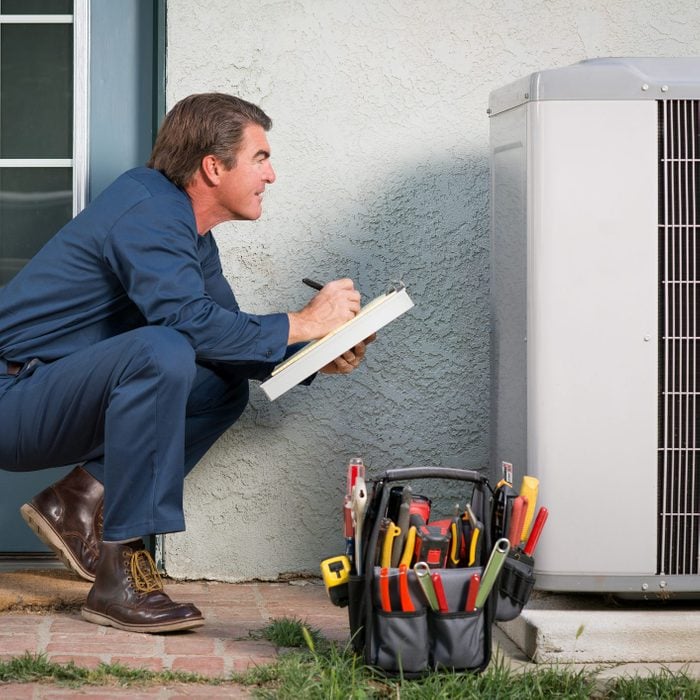Looking to buy an air conditioner? Here's a roundup of eight air conditioner types, along with how to assess which one is the best choice for you.
8 Types of Air Conditioners and Systems to Consider for Home Cooling
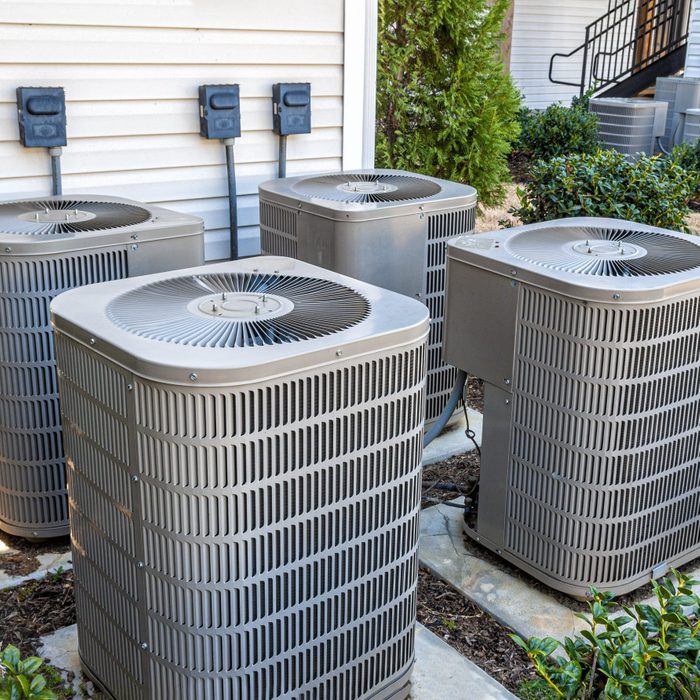
Central Air Conditioners
The majority of homes with AC utilize a central air conditioning system. As the name implies, it distributes cold air from a central location via a duct work system. The vast majority of residential central air conditioners are “split systems,” meaning the evaporator coils are inside the home while the condenser is outside.
A central air conditioner is a good choice if you:
-
- Own the home;
- Plan to stay there at least three years;
- Have an existing duct system air distribution;
- Need to cool more than 500 square feet;
- Live in an area that sees high temperatures for a significant portion of the year;
- Have a home that doesn’t trap heat in certain rooms.
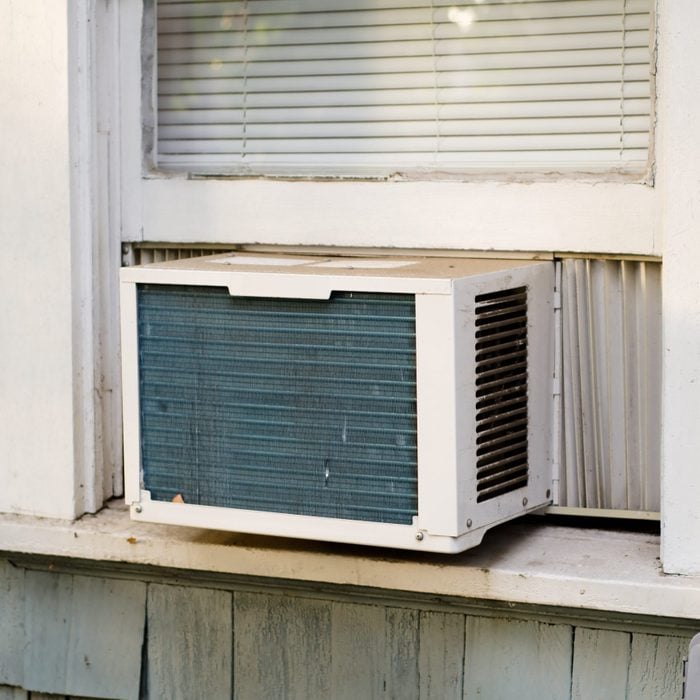
Window Air Conditioners
We mentioned that central air conditioners are usually split systems, with one unit inside and the other outside. A window air conditioner features a single unit, with the condenser outside the window and the coils inside. A window air conditioner is far more affordable than central air conditioning, and you can take it with you when you move. Have you heard about moss air conditioner? A good-looking AC that’s better for the environment than most.
A window air conditioner is a good choice if you:
- Rent;
- Own, but may move soon;
- Do not have an existing duct system;
- Have a small space that needs to be cooled, such as a studio apartment or a single room;
- Have limited floor space;
- Have a limited budget.
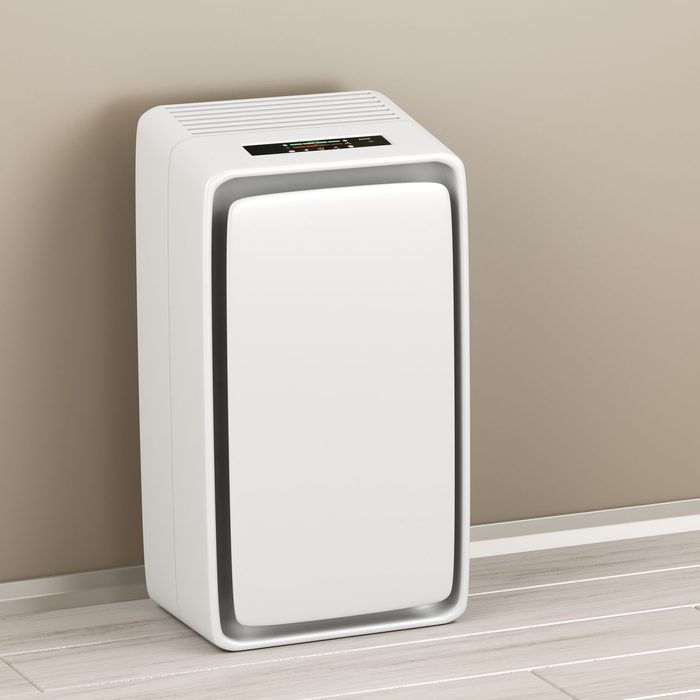
Portable Air Conditioners
Portable air conditioners are single-unit boxes designed to run without straddling a window. They often have wheels and can be moved from room to room.
Like all air conditioners, portable units produce heat and water. The heat comes from the condenser, and the water from condensation that forms on the evaporator coil. All that heat and water has to go somewhere, so portable air conditioning units feature a vent tube to release it through a window.
In really humid conditions, the condensation may be more than it can vent. In that case, you’ll need to empty the internal tank or connect a hose to a drain. These units are portable, but because of these factors, pushing or carrying the unit from room to room is a little more complicated.
A portable air conditioning unit is a good choice if you:
- Rent;
- Own, but may move soon;
- Don’t mind giving up floor space;
- Have a small apartment or room that needs to be cooled;
- Have a limited budget;
- Are OK with draining the tank or connecting a hose in extremely humid conditions only.
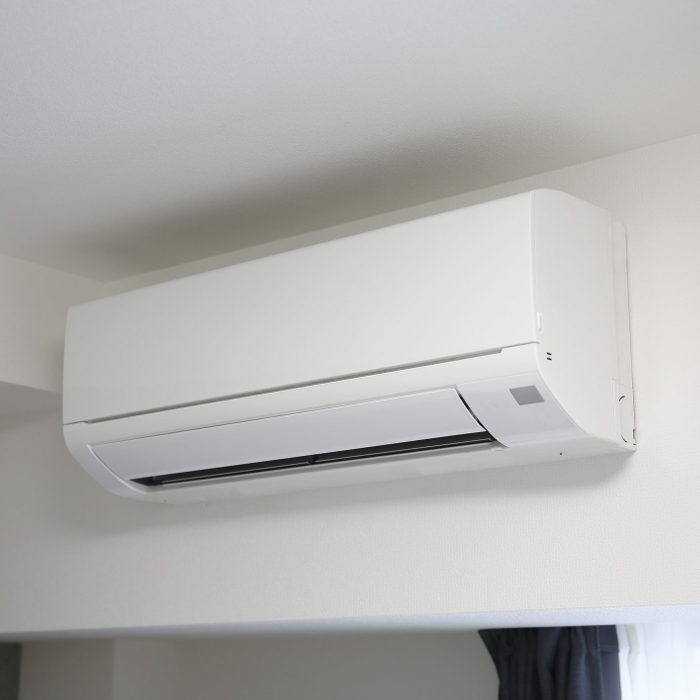
Wall-Mounted Air Conditioners
At first glance, a wall-mounted air conditioning unit resembles a window unit installed in a wall. The designs are different; most window units have vents on the side and back, while wall-mounted units only vent to the rear.
Wall-mounted air conditioning units are permanent installations, typically requiring framing, drywall and siding work. Depending on the model, either the whole unit slips through the hole, or a separate metal sleeve goes in first and the unit slides inside that. Either way, the condenser section hangs outside the home while the coils and front grille are visible indoors.
When properly installed and sealed, a wall unit runs more efficiently than a window unit and helps muffle the sound of the air conditioner.
Installing a wall-mounted air conditioner is a good choice if you:
- Own the home;
- Do not have existing duct system for air distribution;
- Like precise control of the room temperature, or have different cooling needs in different rooms;
- Want to avoid blocking the light from a window or presenting a security risk.
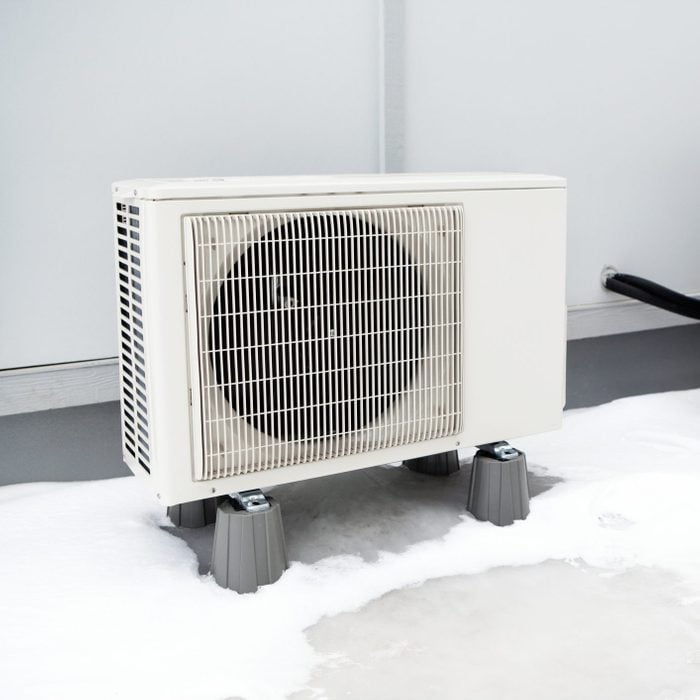
Ductless Mini-Split Air Conditioners
Rapidly growing in popularity, ductless mini-splits use an outside condenser just like a central air system. But, unlike central air, a mini-split system has multiple air handler heads throughout the home. Each head features temperature and fan controls to distribute cold air or heat as you see fit. And because each head connects to the single exterior unit, there’s no need for duct work.
And because there are no ducts, these systems are easy to install on your own. Mr. Cool DIY is a brand of ductless mini-split that, as the name suggests, handy homeowners and renters can install themselves.
Ductless mini-splits are good choices if you:
- Own the home;
- Plan to stay there at least three years;
- Do not have existing duct system for air distribution;
- Desire precise control over different zones of the home. It can even heat and cool simultaneously.
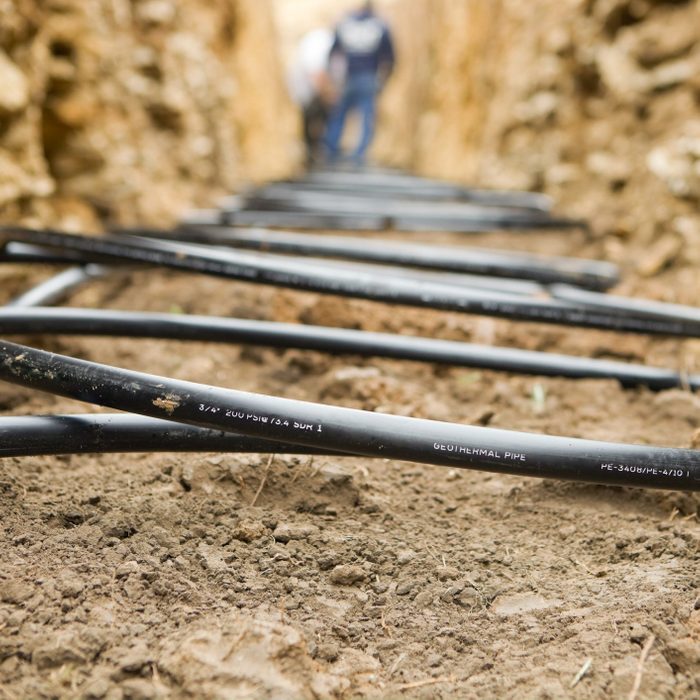
Geothermal Air Conditioners
We’ve talked about split systems with the condenser outside the home, releasing heat into the air. But there’s no reason an air conditioner has to use air! Geothermal systems release that heat into the ground, taking advantage of the stable temperatures found four feet or more below the surface (50 to 55 F).
Because the coils are buried, geothermal systems are most often installed in new builds, although they can be retrofitted into existing homes.
Geothermal is a good choice if you are:
- Building a new home;
- Plan to stay in your home for at least five years;
- Environmentally conscious;
- Have the right property layout and soil type;
- Have pond or lake access (for water-based geothermal).
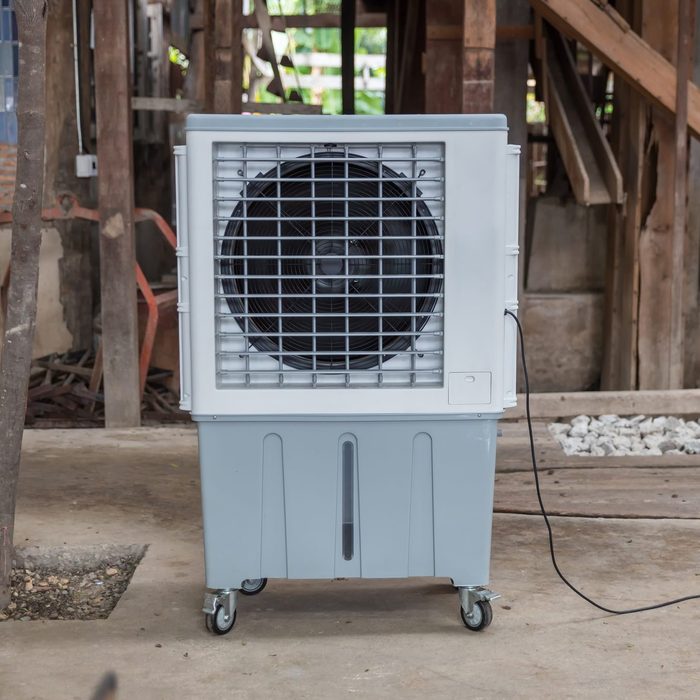
Evaporative Cooling
Evaporative coolers, sometimes called “swamp coolers,” are often mentioned in the same conversation as air conditioners. However, they operate on a different principle. In evaporative cooling, evaporating water absorbs heat to cool the air in its vicinity, maintaining a comfortable temperature with minimal operational cost.
Swamp coolers are available as single-room coolers or whole-house systems. Regardless of size, the design is the same: A fan blows fresh air over tanks of water or water-saturated pads, then circulates into the home. To make room for that cooler air the home must be vented, often through partially open windows.
Evaporative cooling is a good choice if you:
- Live in a low-humidity area;
- Don’t mind refilling the water tanks/pads;
- Enjoy have fresh, outdoor air circulating through the home.
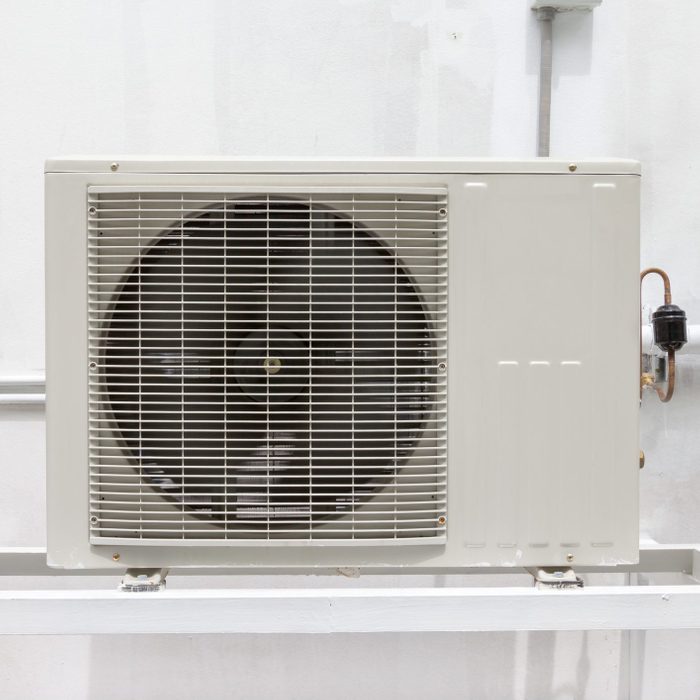
Ice Air Conditioners
We’re going to end with a technology that’s a little more aspirational than practical.
Intended to work in conjunction with a standard air conditioner, ice air conditioning units effectively turn into freezers at night, transforming their in-unit water reservoir into a block of ice. During the day, a fan blows air over the ice, helping the traditional air conditioning unit maintain a low temperature while using less energy.
Ice air conditioners were designed for areas with variable electric rates, because the energy to freeze water is used at night, when rates are cheapest.
The primary manufacturer of ice air conditioners is Ice Energy. Or rather, was. Ice Energy filed for Chapter 7 bankruptcy in 2019. Despite regular rumors and rumblings in the industry, as of this writing no one has stepped up to replace them.
If you’d like to know more about how ice air conditioning works, check out this overview from the Department of Energy. This article focuses on the “Ice Bear” model for commercial facilities, while the “Ice Cub” model was targeted toward homeowners. conditioner compressors and heat exchanger pumps sitting on concrete pads may settle and tip over time. Here are a few tips to fix a sinking air conditioner pad.
Supplementing your air conditioning with ice storage may appeal if you:
- Are environmentally conscious;
- Want to be on the cutting edge of air conditioning technology;
- Live in an area with variable electric rates;
- Are willing to do the research to find alternate installers/manufacturers.
